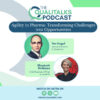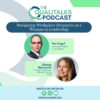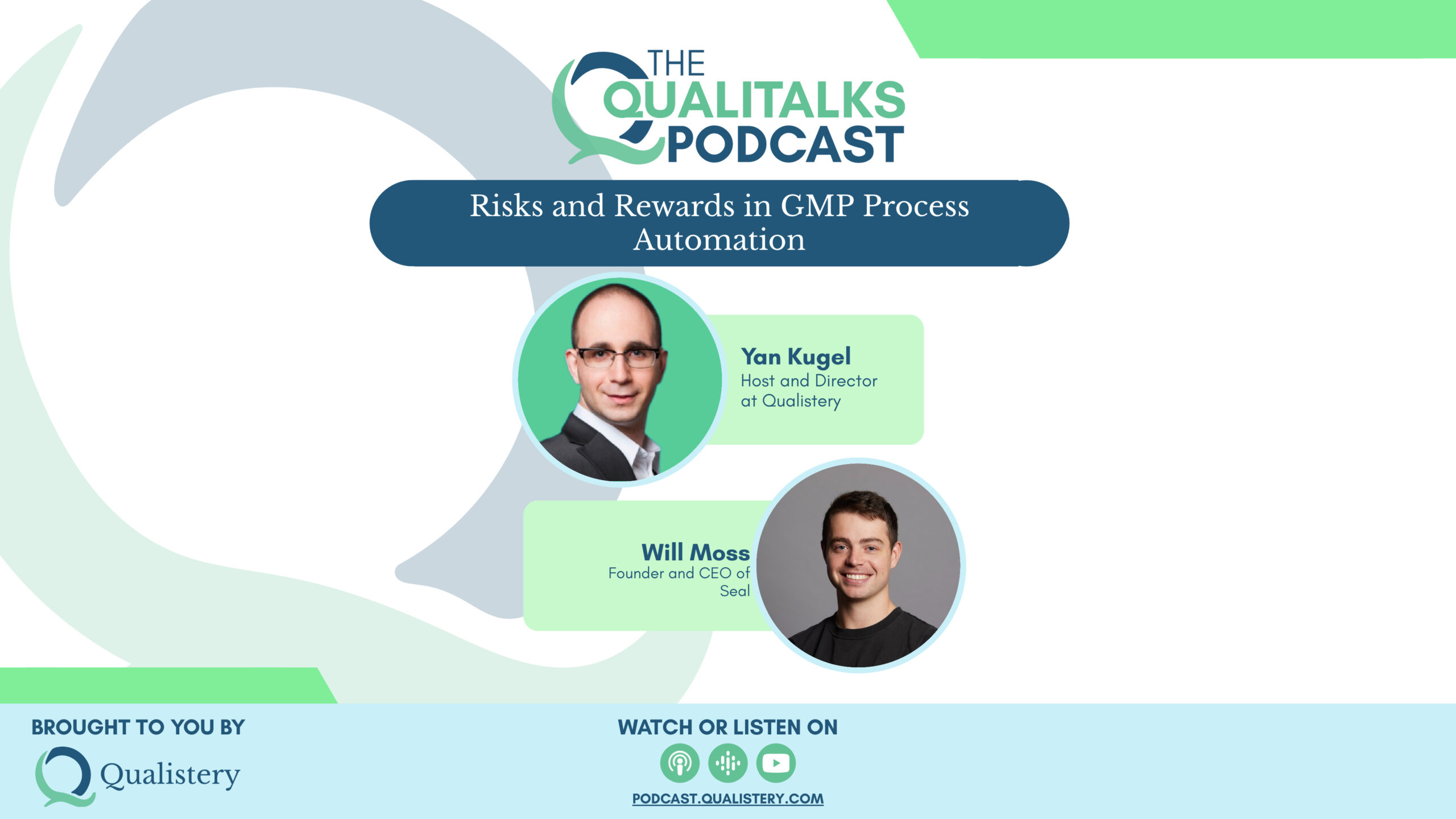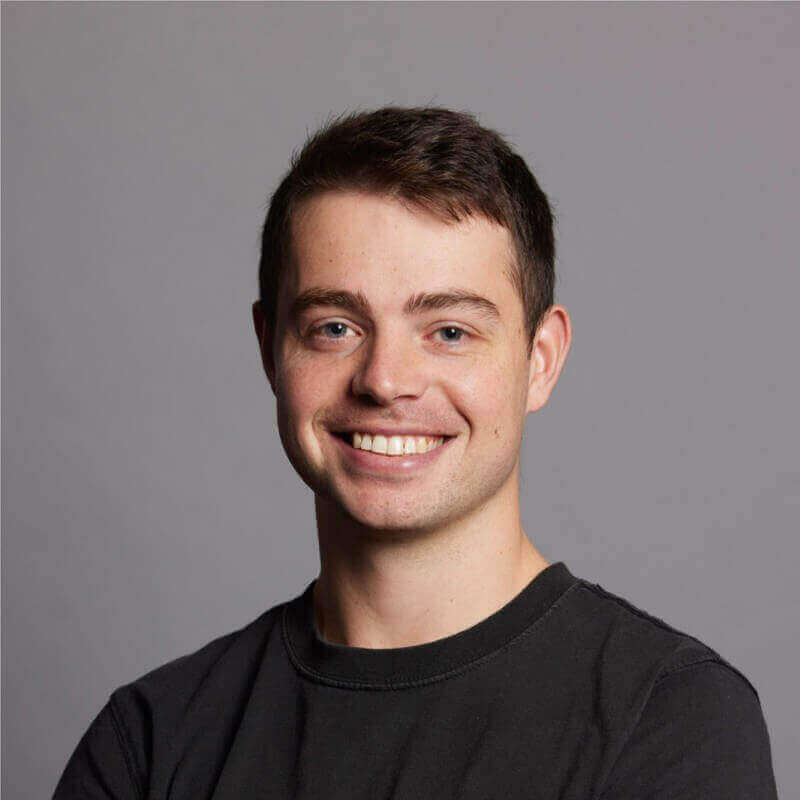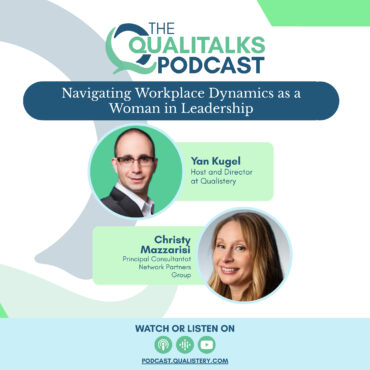
Navigating Workplace Dynamics as a Woman in Leadership [Christy Mazzarisi]
Yan Kugel is joined by Christy Mazzarisi, a distinguished leader in the pharmaceutical industry with extensive experience in quality systems and leadership roles. In this episode, we explore Christy’s journey […]

